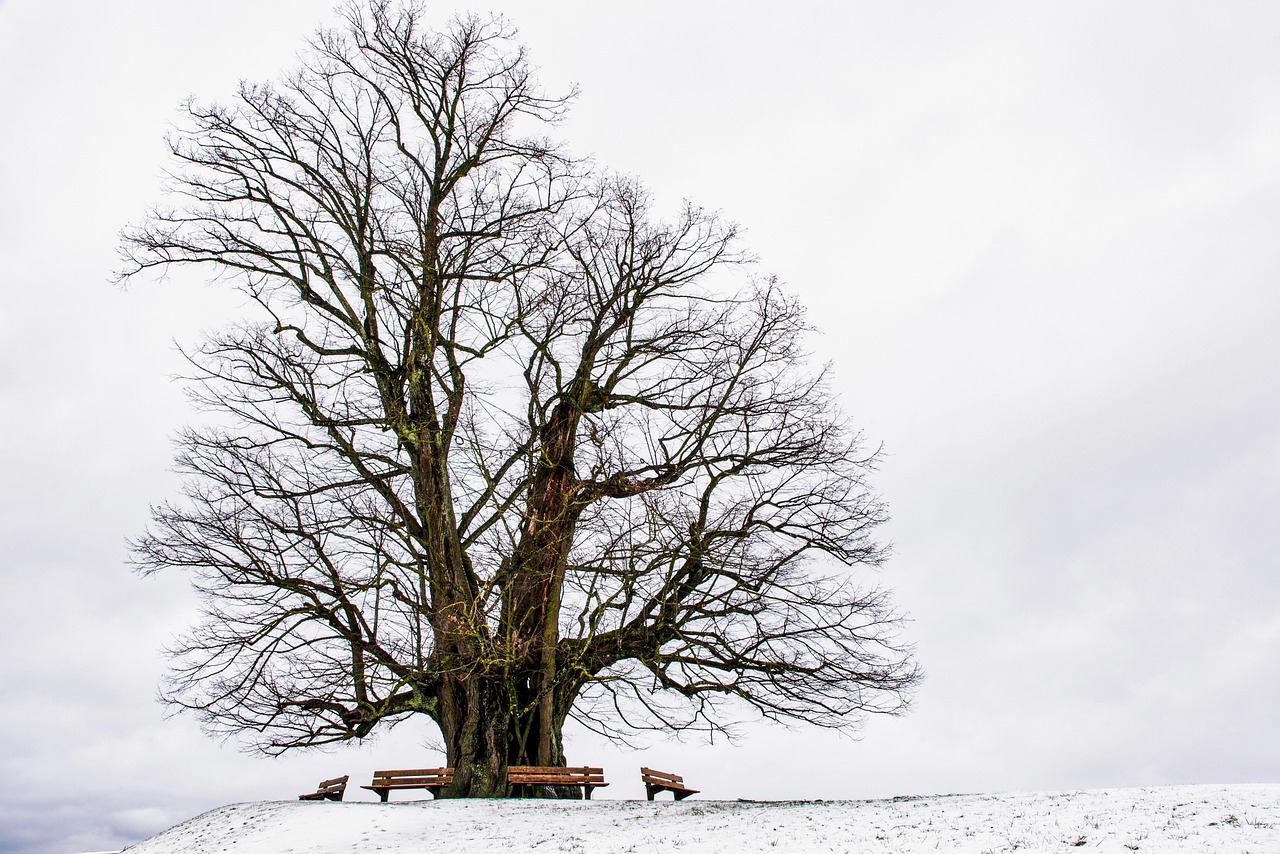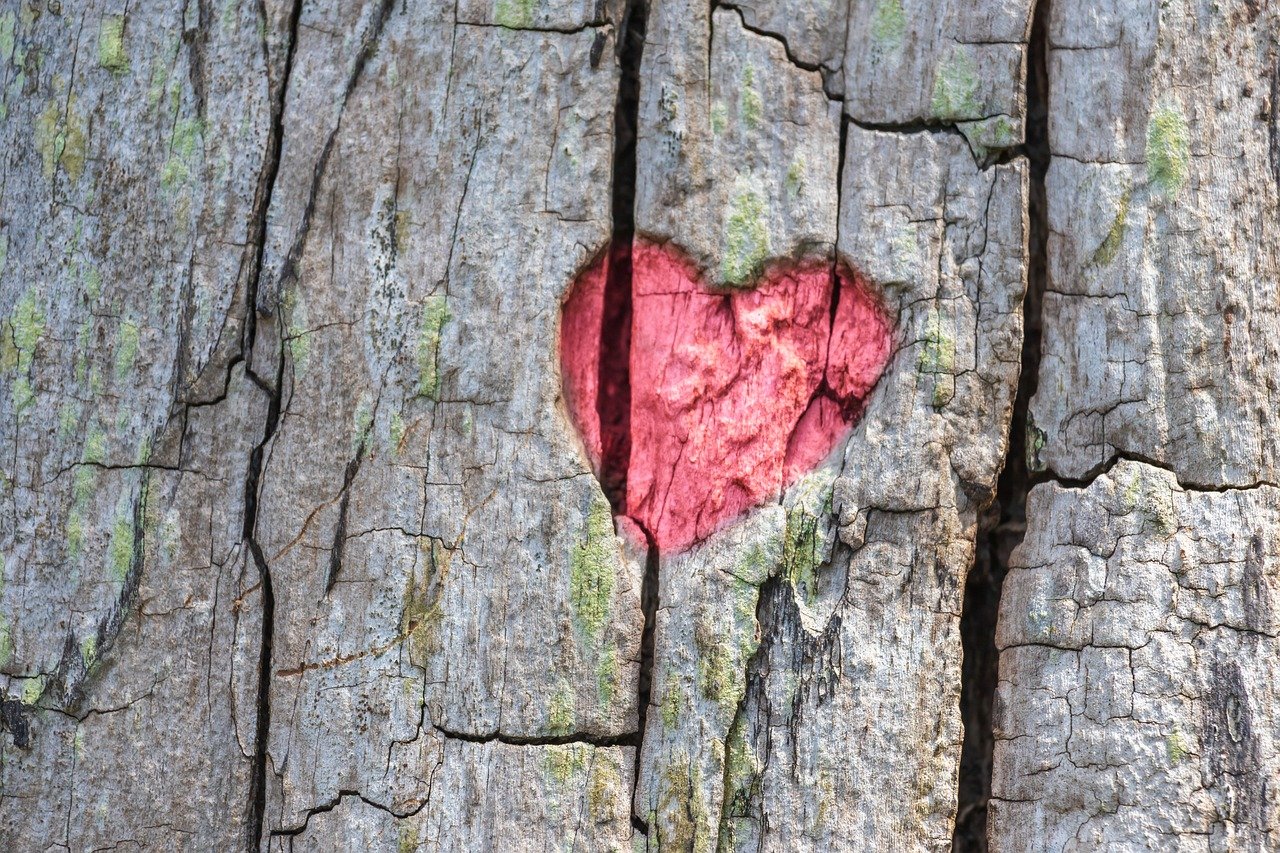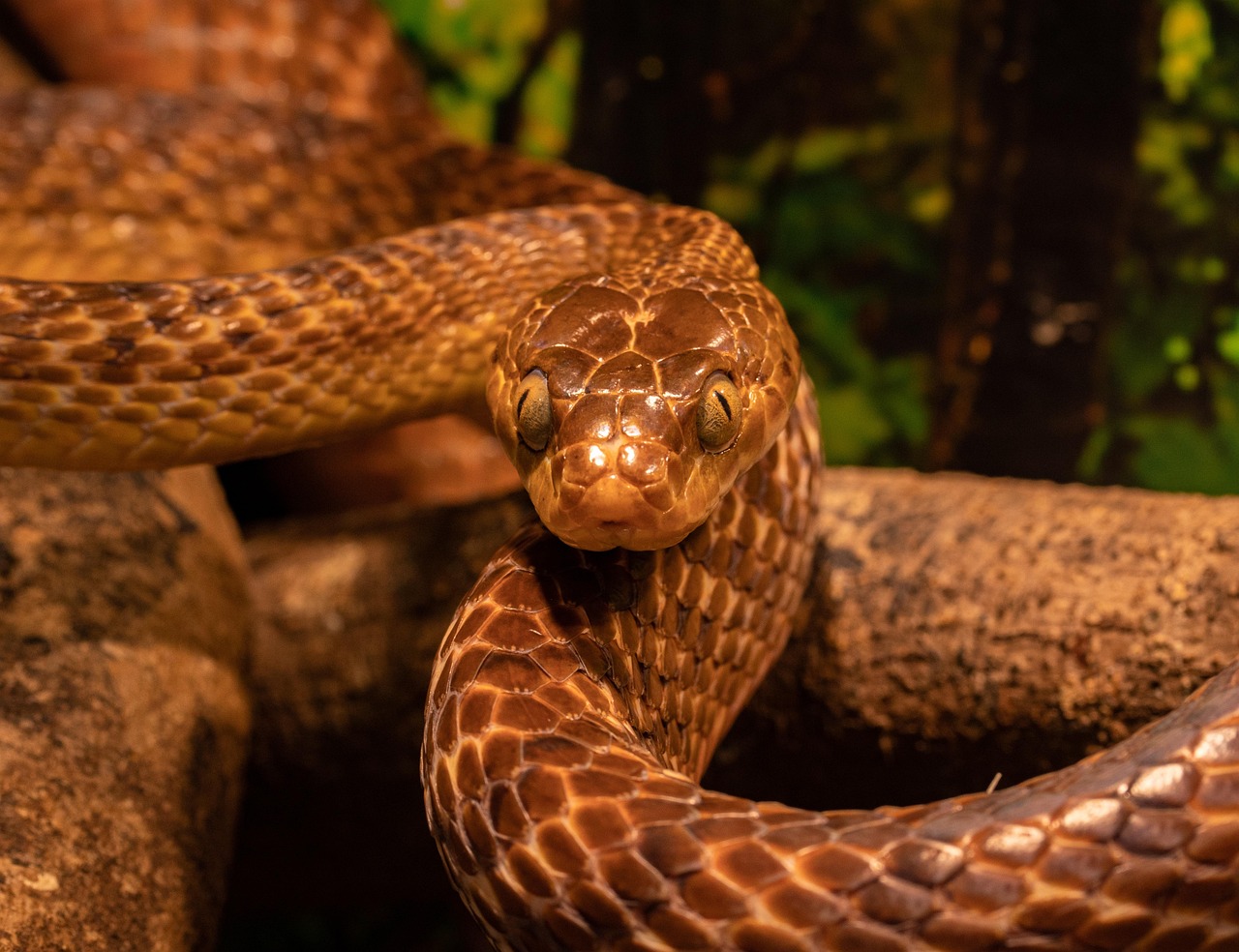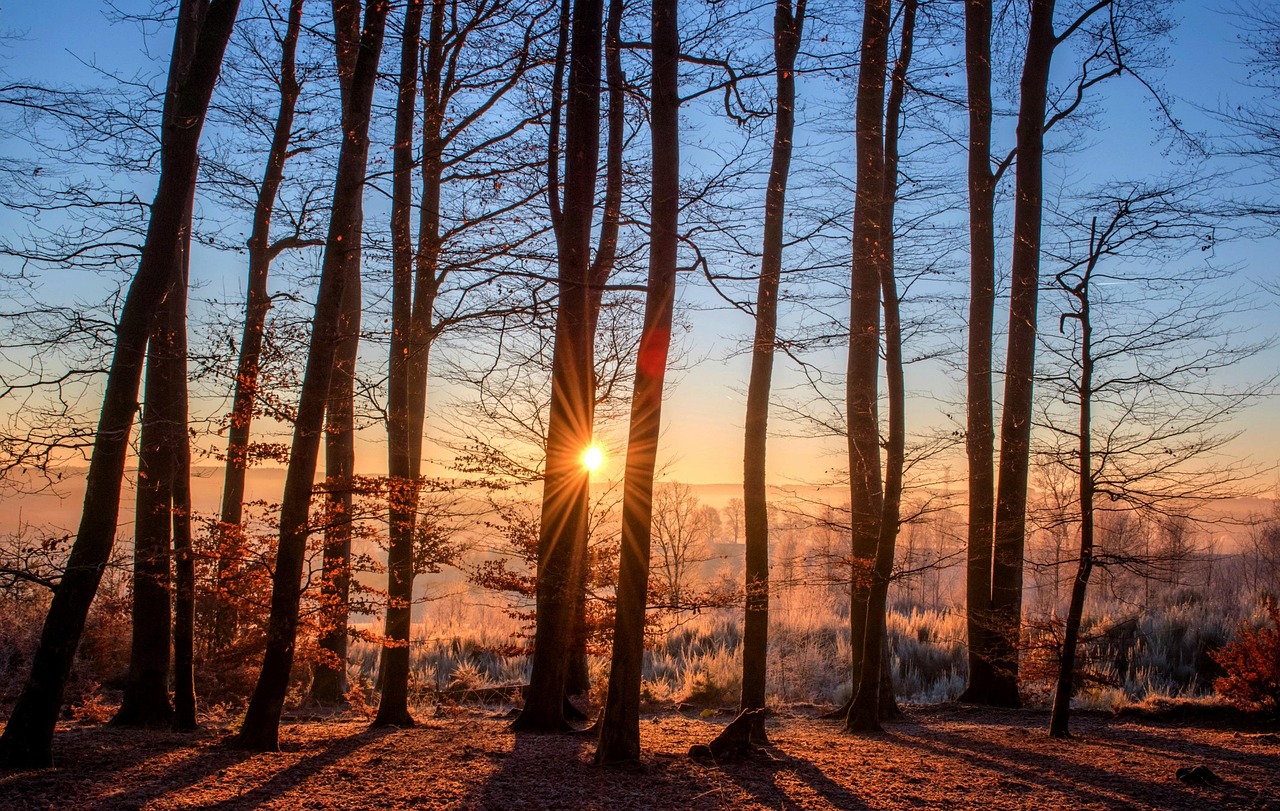The sassafras tree, native to eastern North America, exhibits a moderate growth rate, typically reaching heights of 30 to 60 feet. In optimal conditions within Native American forests, it can grow around 1 to 2 feet per year.
Understanding Sassafras Trees
Sassafras trees (Sassafras albidum) are unique deciduous trees known for their aromatic leaves and distinctive three-lobed shape. They thrive in a variety of soil types but prefer well-drained, moist conditions. Historically, these trees have played a significant role in the ecosystems of Native American forests and were valued for their medicinal properties and culinary uses.

These trees are often found in mixed hardwood forests, where they coexist with species such as oak, hickory, and maple. The sassafras tree is also notable for its vibrant fall foliage, which can range from yellow to deep orange, adding color to the forest landscape.
Growth Conditions
The growth rate of sassafras trees can be influenced by several environmental factors. Understanding these conditions is essential for appreciating how these trees thrive in their native habitats.
- Soil Type: Sassafras prefers loamy or sandy soils that are well-drained but retain moisture.
- Sunlight: These trees thrive in full sun to partial shade, with optimal growth occurring in areas that receive ample sunlight.
- Moisture: Regular rainfall enhances growth, but sassafras can tolerate short periods of drought.
- Competition: Young sassafras trees can be outcompeted by faster-growing species if not given adequate space and resources.
Growth Rate Insights
The growth rate of sassafras trees varies based on age and environmental conditions. Young saplings may show rapid growth during their first few years, while older trees may slow down. On average, a sassafras tree can grow approximately 1 to 2 feet per year in favorable conditions.

The variability in growth rates is also influenced by seasonal changes. During the spring and early summer, when temperatures rise and sunlight increases, sassafras trees experience a burst of growth. Conversely, growth slows significantly in the fall and winter months as the tree enters dormancy.
Impact of Native American Practices
Native Americans have long recognized the value of sassafras trees. They used the bark and leaves for medicinal purposes, including treatments for digestive issues and skin ailments. The tree’s roots were also harvested to make a popular herbal tea. These practices contributed to the cultivation and preservation of sassafras trees in various regions.
Moreover, traditional land management practices, such as controlled burns and selective harvesting, have helped maintain healthy populations of sassafras trees. These methods create openings in the forest canopy, allowing more sunlight to reach young saplings and promoting their growth.

Table of Sassafras Tree Characteristics
| Characteristic | Description |
|---|---|
| Height | Typically 30 to 60 feet |
| Growth Rate | 1 to 2 feet per year under ideal conditions |
| Leaf Shape | Distinctive three-lobed leaves |
| Fall Color | Ranges from yellow to deep orange |
Understanding the growth rate and ecological role of sassafras trees within Native American forests provides insight into their importance. These trees not only contribute to biodiversity but also offer various benefits to wildlife and human communities alike.
Ecological Significance of Sassafras Trees
Sassafras trees play a vital role in the ecosystems of Native American forests. Their presence contributes to the overall health and diversity of these woodlands. Understanding their ecological significance helps in appreciating their role in maintaining biodiversity.
Habitat for Wildlife
Sassafras trees provide essential habitats for various wildlife species. Birds, insects, and mammals benefit from the structure and resources these trees offer. Here are some ways sassafras trees contribute to wildlife habitats:

- Nesting Sites: The dense foliage and sturdy branches of sassafras trees serve as ideal nesting sites for birds.
- Food Source: The leaves, flowers, and fruits of sassafras are consumed by various animals, including insects, birds, and mammals.
- Cover: The tree’s structure offers shelter for small mammals and insects from predators and harsh weather conditions.
Soil Health and Erosion Control
The roots of sassafras trees play a crucial role in maintaining soil health and preventing erosion. Their extensive root systems help to stabilize the soil, reducing runoff and promoting water retention. This is particularly important in forested areas where heavy rainfall can lead to soil erosion.
Sassafras trees also contribute organic matter to the soil. As leaves fall and decompose, they enrich the soil with nutrients, fostering a healthy ecosystem. Healthy soil supports a diverse array of plant species, which in turn benefits wildlife.
Cultural Significance
Throughout history, sassafras trees have held significant cultural value for many Native American tribes. Their uses extend beyond ecological functions, encompassing medicinal, culinary, and spiritual aspects.
Medicinal Uses
Native American tribes recognized the medicinal properties of sassafras long before European settlers arrived. The roots and bark were commonly used for various ailments. Some traditional uses include:
- Digestive Health: Sassafras was used as a remedy for indigestion and stomach issues.
- Skin Conditions: The bark was applied to treat skin irritations and infections.
- Fever Relief: Sassafras tea was consumed to reduce fevers and promote sweating.
Culinary Applications
The flavorful roots of the sassafras tree have made their way into traditional cooking practices. Sassafras tea is perhaps the most well-known culinary use. It is made by boiling the roots or leaves to create a fragrant beverage.
Additionally, sassafras has been used as a flavoring in dishes such as gumbo. Its distinct flavor profile adds a unique touch to various recipes, making it a valued ingredient in traditional cuisines.
Threats to Sassafras Trees
Despite their ecological and cultural importance, sassafras trees face several threats that can impact their growth and sustainability. Awareness of these threats is essential for conservation efforts.
Disease and Pests
Sassafras trees are susceptible to certain diseases and pests that can hinder their growth. Some common threats include:
- Sassafras Canker: This fungal disease can cause dieback in branches and overall decline in tree health.
- Invasive Species: Invasive plants can outcompete sassafras for resources, reducing their ability to thrive.
- Pests: Insects such as leafcutter bees may damage leaves, impacting photosynthesis and growth.
Habitat Loss
Urbanization and land development have led to habitat loss for sassafras trees. Deforestation reduces their natural range and fragments populations, making it difficult for these trees to reproduce effectively.
Conservation initiatives aim to address these threats by promoting sustainable forestry practices and protecting natural habitats. By understanding the importance of sassafras trees, we can better appreciate the need for their preservation in Native American forests.
Propagation and Cultivation of Sassafras Trees
Understanding how to propagate and cultivate sassafras trees is essential for conservation and restoration efforts. With the right techniques, we can ensure that these trees continue to thrive in their native habitats.
Methods of Propagation
Sassafras trees can be propagated through several methods, including seed propagation and vegetative methods such as cuttings. Each method has its advantages and challenges.
Seed Propagation
Seed propagation is a common method for growing sassafras trees. The seeds need specific conditions to germinate effectively:
- Stratification: Seeds require a period of cold stratification, usually 30 to 60 days, to break dormancy.
- Soil Preparation: A well-drained, rich soil mix provides an ideal environment for young seedlings.
- Watering: Consistent moisture is crucial during germination, but care should be taken to avoid waterlogging.
Once the seeds have germinated and seedlings are established, they can be transplanted into larger pots or directly into the ground, depending on the growing conditions.
Vegetative Propagation
Vegetative propagation through cuttings is another effective method. This approach allows for the preservation of specific traits from parent trees:
- Timing: The best time to take cuttings is during the spring when new growth begins.
- Selection: Choose healthy, disease-free stems for cuttings, ideally around 6 to 8 inches long.
- Rooting Hormone: Applying rooting hormone can enhance the likelihood of successful root development.
The cuttings should be planted in a moist medium and covered with a plastic bag or dome to maintain humidity until roots develop.
Cultivation Practices
Successful cultivation of sassafras trees requires attention to environmental conditions and care practices. Implementing proper cultivation techniques can lead to healthier trees and improved growth rates.
Site Selection
Selecting the right site for planting sassafras trees is crucial. Here are some factors to consider:
- Sunlight: Sassafras trees thrive in full sun but can tolerate partial shade. Ensure that the chosen site receives adequate sunlight throughout the day.
- Soil Quality: Well-drained soil rich in organic matter promotes healthy root development and growth.
- Moisture Levels: While sassafras can tolerate brief droughts, consistent moisture is essential for optimal growth.
Cultural Practices
Proper cultural practices can significantly enhance the growth and health of sassafras trees. These practices include:
- Watering: Regular watering, especially during dry spells, helps young trees establish strong root systems.
- Mulching: Applying mulch around the base of the tree retains moisture and suppresses weed growth.
- Pest Management: Monitoring for pests and diseases is essential to prevent damage. Implement integrated pest management strategies as needed.
Challenges in Cultivation
Cultivating sassafras trees is not without its challenges. Being aware of these issues can help mitigate potential problems.
Pest and Disease Management
Pests and diseases can pose significant threats to sassafras trees. Some common challenges include:
- Bark Beetles: These pests can bore into the bark, causing damage to the tree’s vascular system.
- Fungal Infections: Fungal diseases can lead to leaf drop and decline in tree health.
Regular inspections and timely interventions are essential for managing these threats effectively.
Environmental Stressors
Sassafras trees may also face environmental stressors that can affect their growth. Factors such as drought, extreme temperatures, and poor soil conditions can negatively impact health:
- Drought Stress: Prolonged periods without rainfall can lead to wilting and reduced growth rates.
- Temperature Extremes: Cold snaps in winter or excessive heat in summer can stress the trees.
Implementing strategies to mitigate these stressors, such as proper watering techniques and selecting appropriate planting locations, can enhance tree resilience.
| Propagation Method | Advantages | Challenges |
|---|---|---|
| Seed Propagation | Naturally reproduces species traits; easier for large-scale planting | Requires stratification; longer time to maturity |
| Vegetative Propagation | Presents specific traits; faster establishment of new plants | Can be labor-intensive; risk of spreading disease if not careful |
The cultivation of sassafras trees not only supports their growth but also contributes positively to their ecosystems. Through proper propagation and care, we can ensure that these trees continue to thrive in Native American forests for generations to come.
Conservation Efforts for Sassafras Trees
As awareness of the ecological and cultural significance of sassafras trees grows, conservation efforts are becoming increasingly important. These initiatives aim to protect existing populations and ensure the sustainability of sassafras in Native American forests and beyond.
Restoration Projects
Many organizations and communities are engaging in restoration projects focused on sassafras trees. These projects often involve:
- Replanting Efforts: Re-establishing sassafras populations in areas where they have diminished or disappeared due to urbanization or land development.
- Habitat Protection: Protecting existing sassafras stands from logging and invasive species to maintain healthy ecosystems.
- Community Involvement: Engaging local communities in conservation efforts fosters a sense of ownership and responsibility toward these trees.
Education and Awareness
Education plays a crucial role in the conservation of sassafras trees. By raising awareness about their ecological and cultural importance, we can encourage more people to take action. Educational initiatives may include:
- Workshops and Seminars: Hosting events that inform participants about the benefits and uses of sassafras trees.
- School Programs: Integrating lessons on local flora, including sassafras, into school curricula to inspire younger generations.
- Online Resources: Providing information through websites and social media platforms to reach a broader audience.
The Role of Sassafras in Climate Change Mitigation
Sassafras trees can also play a role in climate change mitigation efforts. As with many tree species, they contribute to carbon sequestration, absorbing carbon dioxide from the atmosphere and helping to reduce greenhouse gas levels.
Additionally, healthy forests, including those with sassafras trees, act as natural buffers against climate change impacts. They improve air quality, reduce heat islands in urban areas, and enhance water retention in soils, which is crucial during periods of drought.
Biodiversity Support
The presence of sassafras trees supports biodiversity within their ecosystems. By providing habitat for various species, they contribute to overall ecosystem health. This biodiversity is essential for resilience against environmental changes, as diverse ecosystems are often better equipped to adapt to new conditions.
Final Thoughts
The sassafras tree holds a unique place in the ecosystems of Native American forests. Its growth rate, ecological significance, and cultural heritage underscore its importance in both natural and human communities. Understanding how to effectively propagate, cultivate, and conserve sassafras trees can lead to healthier forests and richer biodiversity.
Through ongoing conservation efforts, education, and community involvement, we can ensure that sassafras trees continue to thrive. By recognizing their value, we can protect not only the trees themselves but also the countless species and cultures that rely on them. The future of sassafras trees is intertwined with our commitment to preserving our natural heritage and supporting sustainable practices.
Ultimately, embracing the role of sassafras trees in our ecosystems will require collaborative efforts from individuals, communities, and organizations alike. Together, we can work towards a future where these remarkable trees continue to grow and flourish in their native habitats, enriching our world for generations to come.
